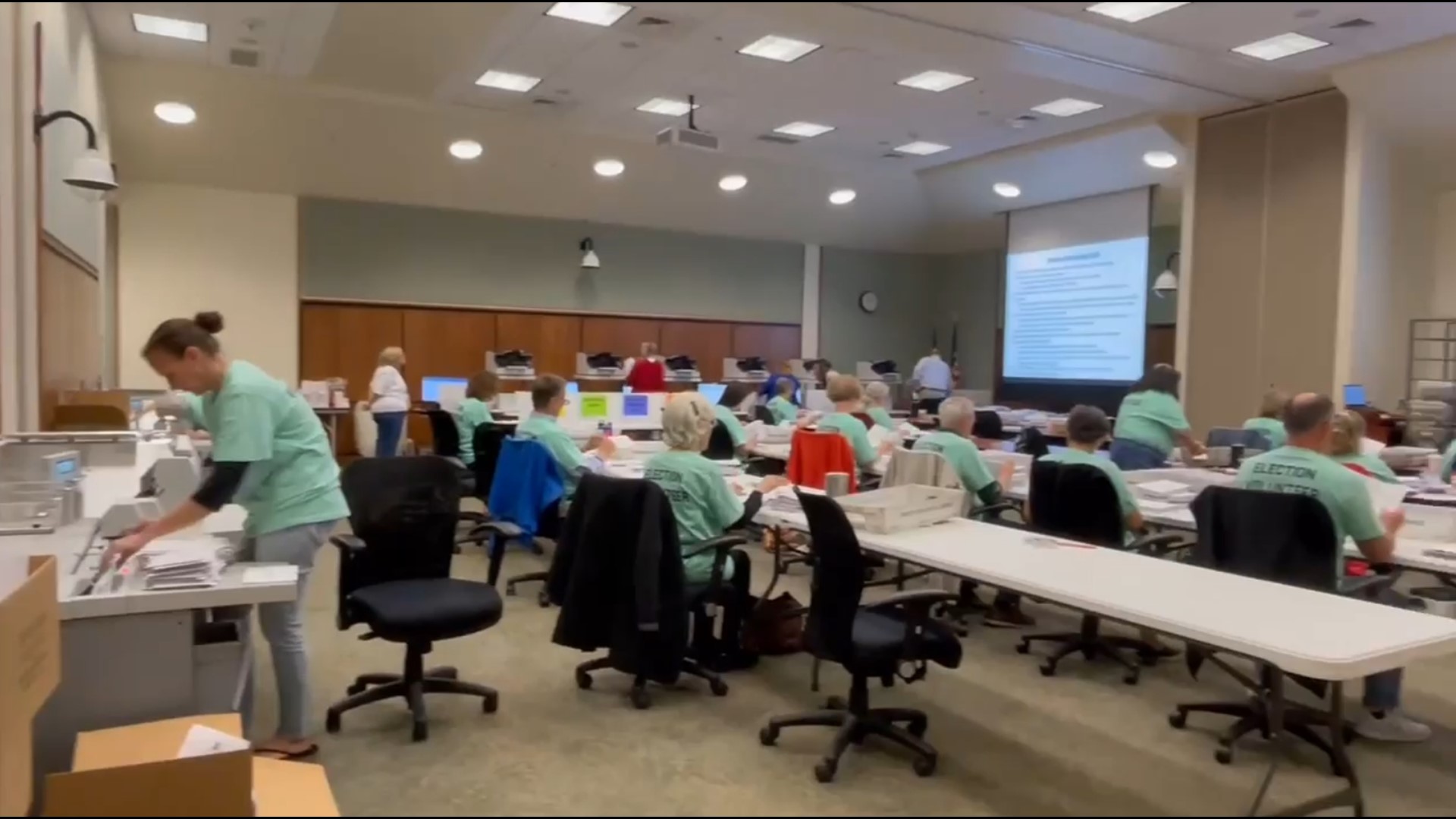LANCASTER, Pa. — Four years after Pennsylvania enacted no-excuse mail-in ballots, elections officials in Lancaster County said the May 16 primary ran smoothly.
Poll workers say turnout was about what they expected for an off-year primary: slow.
“Pretty low compared to midterms, pretty low compared to presidentials, especially,” said Adam Hosey, Judge of Elections for Lancaster’s Ward 2, Precinct 1.
The relatively low turnout, combined with new high-speed letter openers and scanners, helped speed the pre-canvassing and counting of ballots.
“I would expect by tonight around 10:30, 11 that we would have all the results from all the ballots be counted,” Lancaster County Commissioner John Trescot said at a 3 p.m. update.
More important than speed, officials said, is accuracy. That’s even more true where there are ballot printing errors, which Lancaster County has had each of the last three primary elections.
In May 2021, about 12,300 ballots were printed out of order, preventing scanners from reading them. The ballots had to be counted by hand.
In May 2022, about 16,000 mail-in ballots failed to scan because of an incorrect code. Those ballots also had to be counted by hand.
In April 2023, about 18,500 incorrect ballots were mailed out. The ballots mistakenly told voters to pick one candidate, rather than two, for a judicial race. Replacement ballots were sent out for those incorrect ballots.
Officials on Tuesday said there were no other major issues reported.
“I don’t think you can really plan for every single little thing that can happen, but you have to be there for the dumpster fires, as they say, and ready to put them out,” said Lancaster County Board of Elections director Christa Miller. “We’re ready for those if they come but they haven’t so far.”
Though elections officials have better equipment and more experience under their belt counting mail-in ballots, some worry high turnout in next year’s presidential election could again lead to delayed results.
A 2020 Department of State report and a 2022 report commissioned by the General Assembly both recommended allowing earlier pre-canvassing, which includes processing steps like opening mail-in ballot envelopes and stacking them to be tabulated.
Lancaster County Commissioner Trescot said pre-canvassing would allow elections workers to spread their time out over a few days, which would reduce fatigue and potential human error.
“Pre-canvassing would be quite useful in every single county, and Pennsylvania says please do it. And to you, legislators, please do it,” Trescot said.
Currently, in Pennsylvania, elections workers can’t begin processing ballots until 7 a.m. on Election Day. Thirty-eight other states already allow pre-canvassing before Election Day.
In Pennsylvania, however, pre-canvassing has become a partisan issue. Democrats have supported pre-canvassing, arguing that finishing the count sooner would help prevent voter mistrust in recent elections. Republicans have held up several bills that would allow early pre-canvassing, arguing that processing the ballots earlier could make the counting process less secure.

